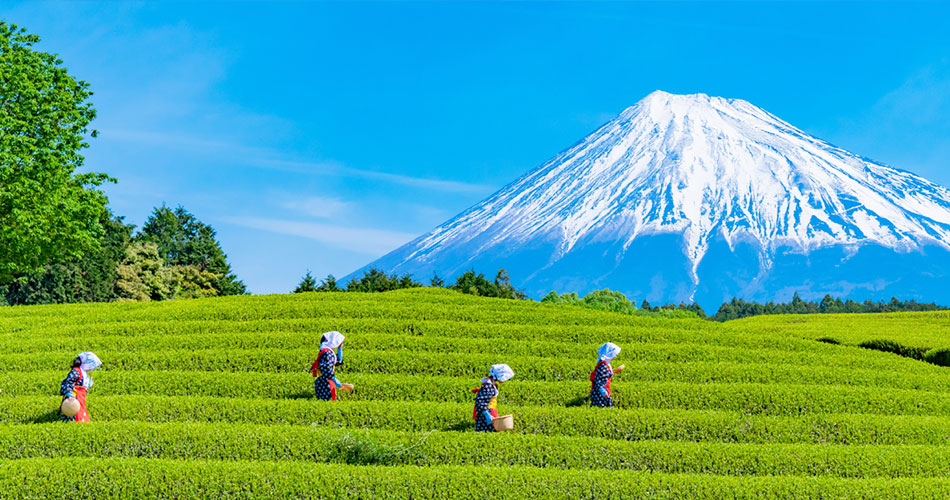Whereas matcha maybe the best known Japanese tea in Western countries, it is Sencha tea that is by far the most consumed tea in Japan and accounts for the majority of local tea production. The most expensive and best quality Sencha is produced in the earlier months of the season and has a light sweetness and pleasantly tender note. Soon after plucking, the leaves are steamed for about 20 seconds to prevent fermentation of the leaves. After the steaming process, the leaves go through the rolling process and are finally dried. The rolling process gives the Sencha leaf its characteristic needle-like shape. Sometimes, Sencha leaves are mixed with toasted and puffed brown rice and the result is called Genmaicha.
Japan has the second oldest tea culture in the world after China and its origins can be traced back to the year 729 AD when Emperor Shomu is reported to have served tea to priests at a special Buddhist ceremony. The first tea bushes were planted in Japan in the 12th century using tea seeds from China. The country has a very rich tea culture which is closely interwoven with the Zen philosophy and is renowned for its meditative and elaborate tea ceremonies. All tea produced in Japan is green tea, 98% of which is consumed in the country itself.
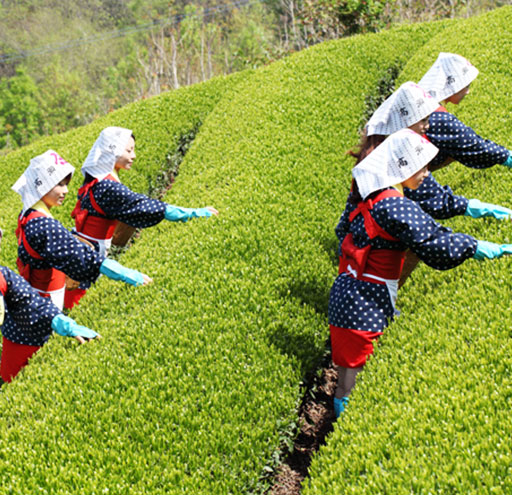
LANDSCAPE
Japan is comprised of four major islands and more than three thousand small islands. The countries landscape is 80% mountainous, leaving the rest for people, cities and farmland. As a result of the low availability of land for agriculture, the volume of tea that Japan produces is significantly lower than China, India or Sri Lanka. Nevertheless, Japan leads the way in efficiency of production methods and possesses the most modern, hi-tech factories in the world. Due to the very high demand of local production at home, only 2% of Japan’s tea is exported.
TEA IN JAPAN
All tea produced in Japan is green tea. The fresh leaf is steamed after it is plucked from the Camelia sinensis bush to prevent oxidation. The first harvest of the year occurs in April/May and the teas produced are known as ‘Shincha’ which translates as ‘new tea’. Shincha teas are very expensive due to the very low quantity produced, and are highly coveted by tea lovers. Shincha teas have a fresh, bright flavour that is tinged with a grassy sweetness. The growing season lasts until October but the finest quality teas are plucked in the early months of the season.
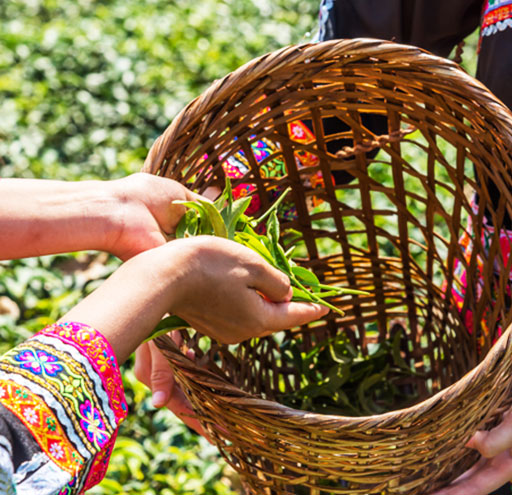
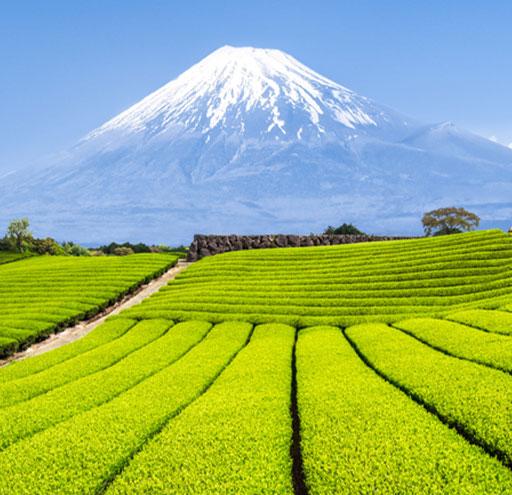
TEA GROWING REGIONS
Situated along the Pacific coast and south west of Tokyo lies Shizuoka prefecture, Japan’s largest tea growing region. Shizuoka’s high elevations, rolling foothills, abundance of rivers and cool mountain breezes make it a perfect environment to grow tea. On a clear day, you can see the splendour of Mt Fuji, Japan’s tallest peak, whilst visiting one of the tea gardens in Shizuoka. The Kagoshima prefecture on the south eastern tip of Kyushu Island is the second biggest tea growing region. Warm air mixed with cool breezes from the bay of Kagoshima make it an ideal place to grow tea.
JAPANESE MATCHA
Arguably, the best known tea to come out of Japan is matcha. Although relatively new in western countries, this vibrant green powder has been consumed in Japan for over 800 years. Matcha is made from shade grown leaf which increases the chlorophyll in the leaves and turns them into a vibrant green colour. After plucking, the leaves go through a number of processes and are finally ground on granite stone mills into a fine a silky powder. When preparing matcha for consumption, a small quantity of the powder is added to hot (but not boiling) water and then the powder and water mixture is briskly whisked into a froth. In contrast to all other types of tea, drinking matcha means actually consuming the tea leaf itself rather than just an infusion of the tea leaf.
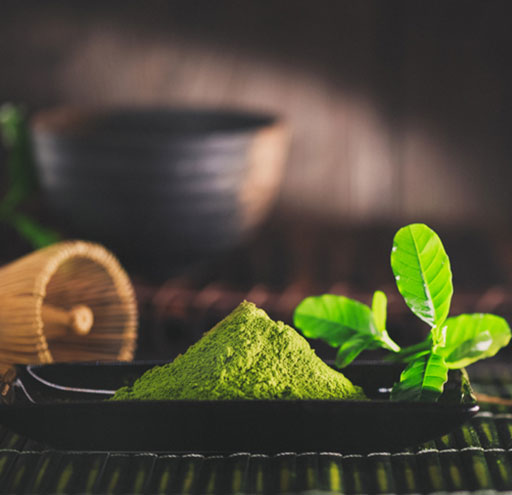
SENCHA TEA
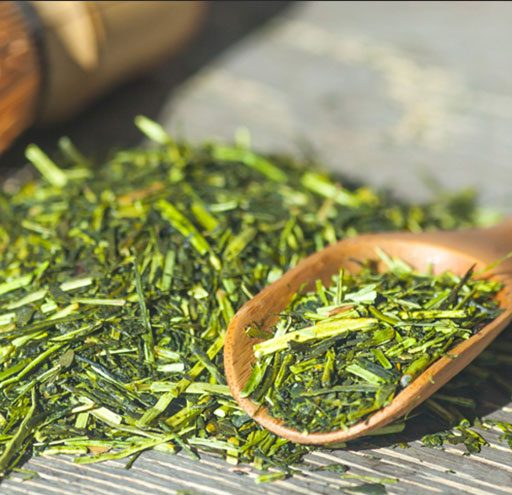
CONTINUE READING
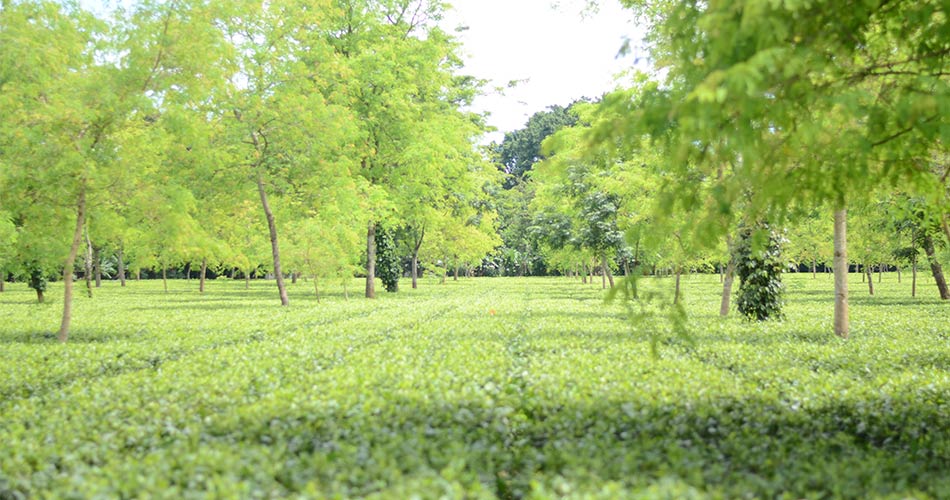
Tea Flushes Explained
If you’re a tea enthusiast, you'll likely already know that factors such as the garden's location, climate, elevation, and the…
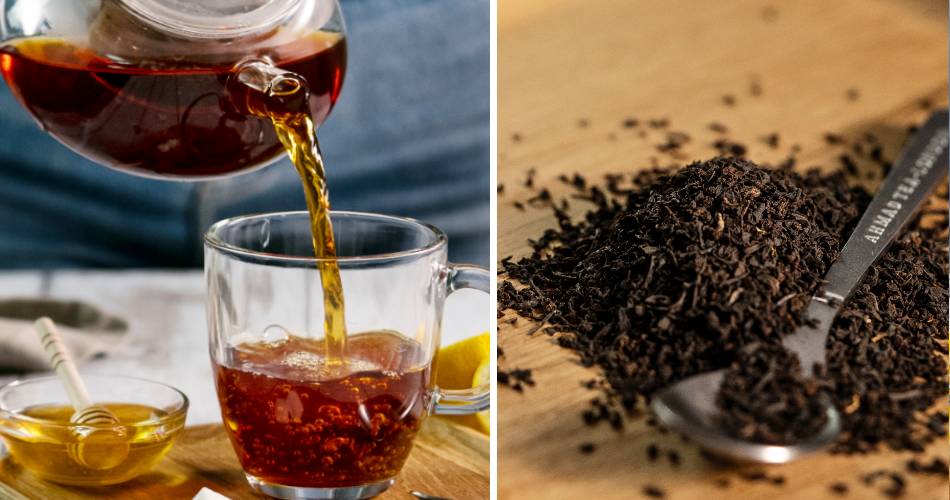
A Beginner’s Guide to Loose Tea
If you are a loose leaf tea novice then let us help guide you through the wonderful world of loose…
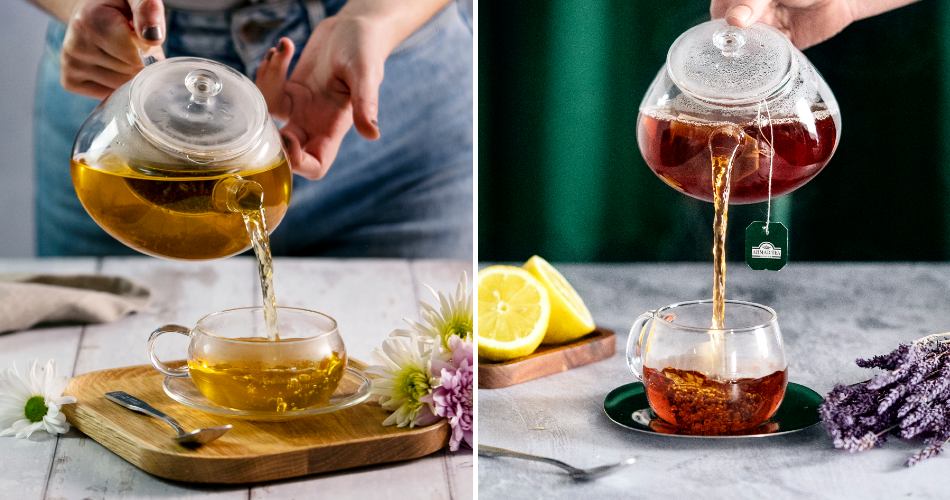
Loose Leaf Tea vs Teabags – Which one is Best?
Shedding some light on the age-old debate. in this blog we’ll look into the differences and things to consider -…
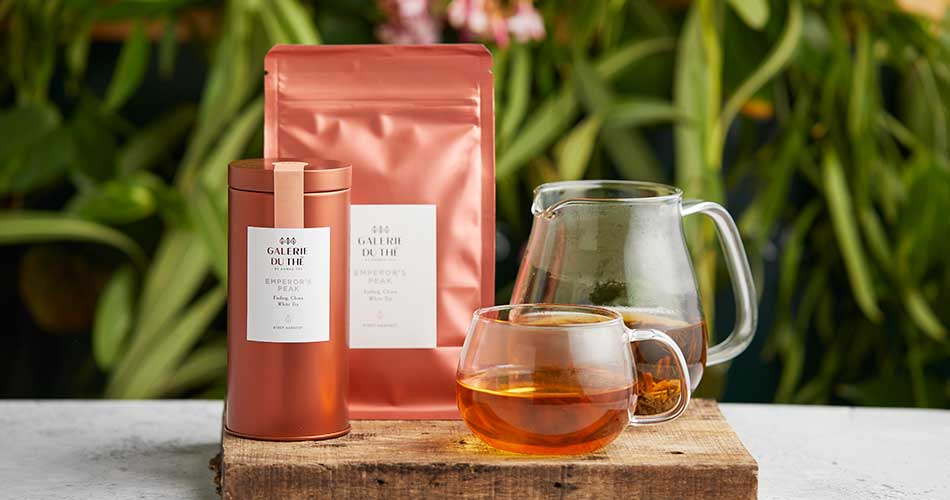
Introducing Galerie du Thé – our new luxury tea brand
Unveiling a new range of rare luxury artisan teas from the world's most sought after tea gardens.
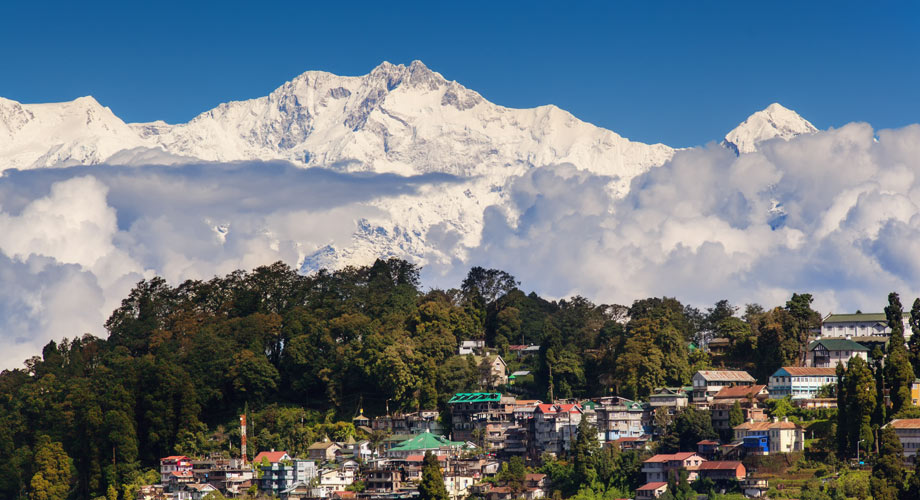
A (tea)potted history of Darjeeling
Learn about the 'land of the thunderbolt.' A brief history of the place that gives the wonderful speciality tea we…

Ahmad Tea’s Very British Quiz
Think you know your cream tea from your builder’s tea? Test your knowledge on all things British and tea-related in…
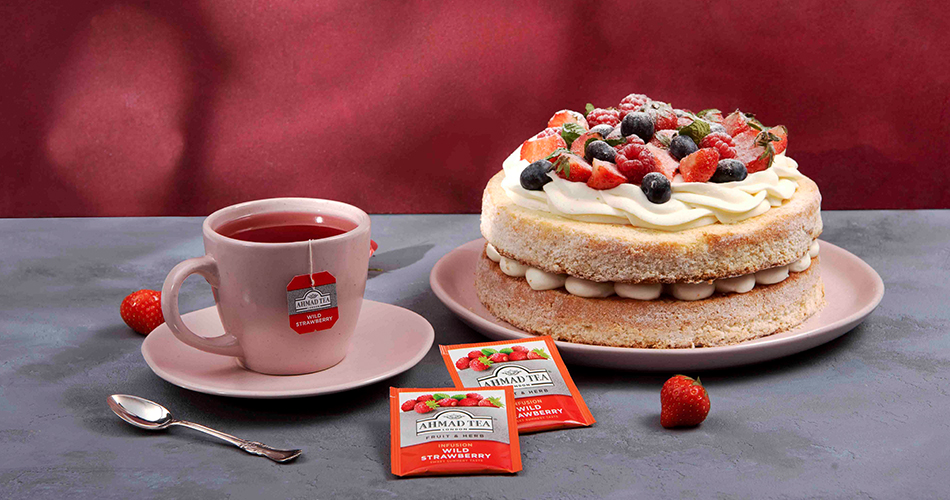
The Perfect Cake for Afternoon Tea
We asked Eileen Donaghey, The Afternoon Tea Expert, to share her tips on the perfect cake to accompany a home…
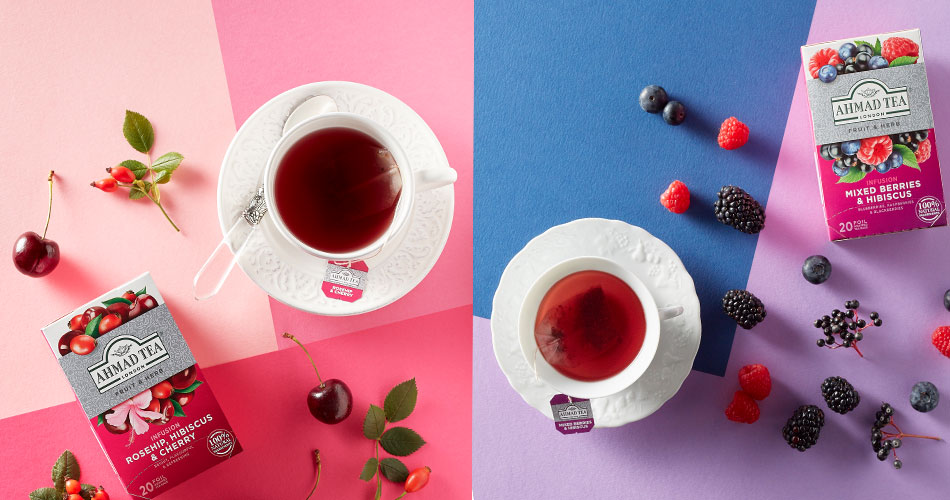
Hibiscus infusions and your health: More than just a tasty brew?
Drinking infusions that contain hibiscus, which often gives the deep red colour in fruity herbals, could be good for your…
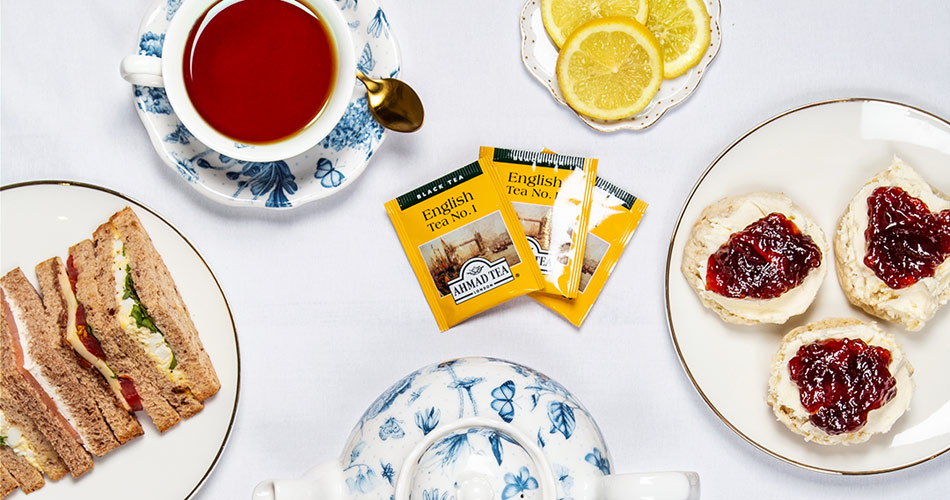
How to make the best afternoon tea at home
Our Tea Taster, Dominic Marriott, and an afternoon tea expert explore how to make the best afternoon tea at home.

